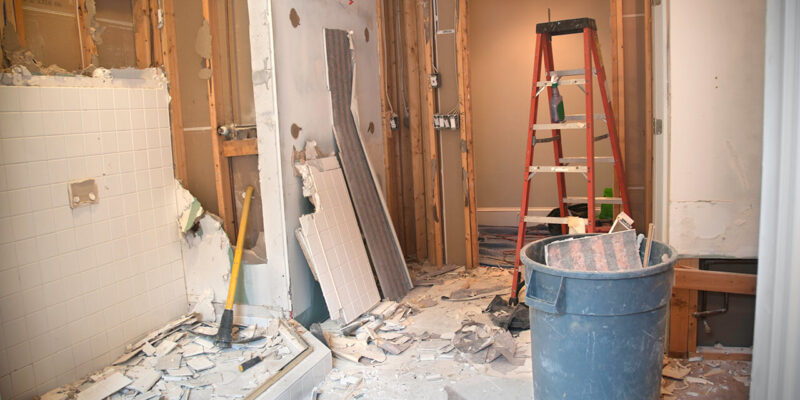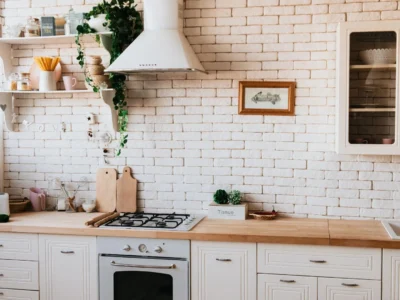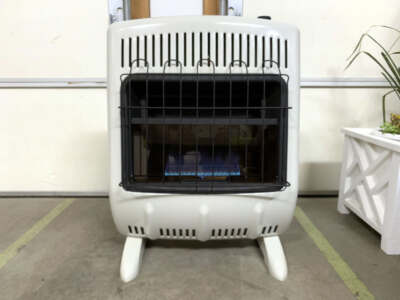When a building undergoes demolition, it opens up possibilities for renewal and transformation. One of the most impactful ways to rejuvenate such a space is through commercial paintings.
However, understanding the costs involved in such a project, especially in a post-demolition context, is crucial for effective budgeting and planning.
This guide provides a comprehensive look at the factors that influence these costs.
First, the Cost of Demolition
Before diving into the nuances of commercial painting, it’s crucial to understand the cost implications of hiring a demolition contractor first, as this sets the stage for the subsequent renovation and painting.
Demolition costs can vary significantly based on several factors, including the size of the building, its location, the complexity of the structure, and the materials involved.
In Australia, the average cost of demolishing a commercial building can range from AUD 20,000 to AUD 80,000. However, this is a broad estimate, and the actual cost can be influenced by specific factors unique to each project.
Next, the Scope of Commercial Painting Projects
Now, the scope of commercial painting projects can vary dramatically, which is a primary factor in cost determination.
In a bustling city like Sydney, painting a small retail space may start at around AUD 3,000, a cost influenced by factors like accessibility and the condition of the space. Though, on average, material costs for interior painting range between AUD 10 to 30 per square meter throughout Australia.
Determining the scope involves assessing the size of the area to be painted, the type of paint finishes desired, and the condition of the surfaces. For instance, a newly constructed building will have different requirements compared to a structure that has undergone demolition and rebuilding.
The latter may require additional prep work, such as smoothing uneven surfaces or dealing with residual demolition materials, which can add to the overall costs.
Cost Factors in Post-Demolition Settings
Post-demolition settings present unique challenges that impact the cost. The primary consideration is the condition of the walls and surfaces. Often, demolition can leave behind rough surfaces, residual debris, or uneven textures.
Preparing these surfaces for painting might require extensive cleaning, plastering, or even restructuring in some cases. This preparation can increase overall project costs by an additional 10-15%.
For example, if the base cost of painting is AUD 10,000, the prep work in a post-demolition setting could add an extra AUD 1,000 to AUD 1,500 to the total.
Another factor is the accessibility of the site. Post-demolition sites can be more challenging to navigate, requiring special equipment or techniques to ensure that painters can access all areas safely.
This might involve the rental of scaffolding or lifts, which can add several hundred dollars to the project cost. Moreover, the safety measures required in such environments are more stringent, often necessitating additional safety gear or personnel, further increasing the cost.
Material Costs for Commercial Paintings
The choice of materials is a significant factor in the cost of commercial painting projects. High-quality paints, which offer better durability and finish, can range from AUD 40 to AUD 120 per litre.
For a medium-sized commercial space of about 500 square metres, this translates to a paint cost of AUD 2,000 to AUD 6,000, excluding other materials like primers, sealers, and speciality finishes.
Selecting the right type of paint is crucial, especially in a commercial setting. Factors like the amount of natural light, the expected foot traffic, and the general wear and tear the space will undergo are important to consider.
For example, high-traffic areas might require more durable, washable paint, while spaces with extensive natural light might need UV-resistant paint to prevent fading. These considerations not only impact the aesthetics and longevity of the paint job but also the cost.
Labour Costs and Skill Requirements
Labour is another major component of the overall cost. In Australia, skilled painters charge between AUD 35 to AUD 70 per hour.
For a medium-sized project, you might need between 100 to 200 hours of labour, resulting in labour costs ranging from AUD 3,500 to AUD 14,000.
However, in a post-demolition context, the requirement for skilled labour is often higher due to the complexities involved, such as dealing with uneven surfaces or working around structural changes. This necessity for skilled labour can push the costs towards the higher end of the spectrum.
It’s important to note that the quality of labour directly affects the outcome of the project.
Skilled painters not only work faster but also provide a level of finesse that can significantly enhance the overall look of the space. Investing in skilled labour can result in fewer touch-ups or corrections down the line, ultimately saving money.
Timeline and Its Impact on Cost
The duration of the painting project is a direct cost factor. A project that can be completed quickly, say within a week, might require more workers or extended working hours, increasing labour costs.
Conversely, a project stretched over a longer period might incur lower daily costs but can result in higher total labour costs due to the extended timeline.
Efficient project management is key to controlling these expenses. It’s crucial to have a well-planned schedule that optimizes the use of labour and materials.
Delays can be costly, not just in terms of labour but also in potential disruptions to other activities or operations in the commercial space. Therefore, a balance between a realistic timeline and efficient work processes is essential for cost control.
Conclusion
The cost of commercial painting in a post-demolition setting can vary widely based on factors such as material choices, labour requirements, project duration, and some additional considerations.
A well-planned approach, from understanding the project scope to navigating the intricacies of material and labour costs, is essential for staying within budget without compromising on quality.
Ultimately, a fresh coat of paint not only revitalizes a space visually but can also symbolize a new beginning, particularly in a space that has undergone significant transformation.










Comments